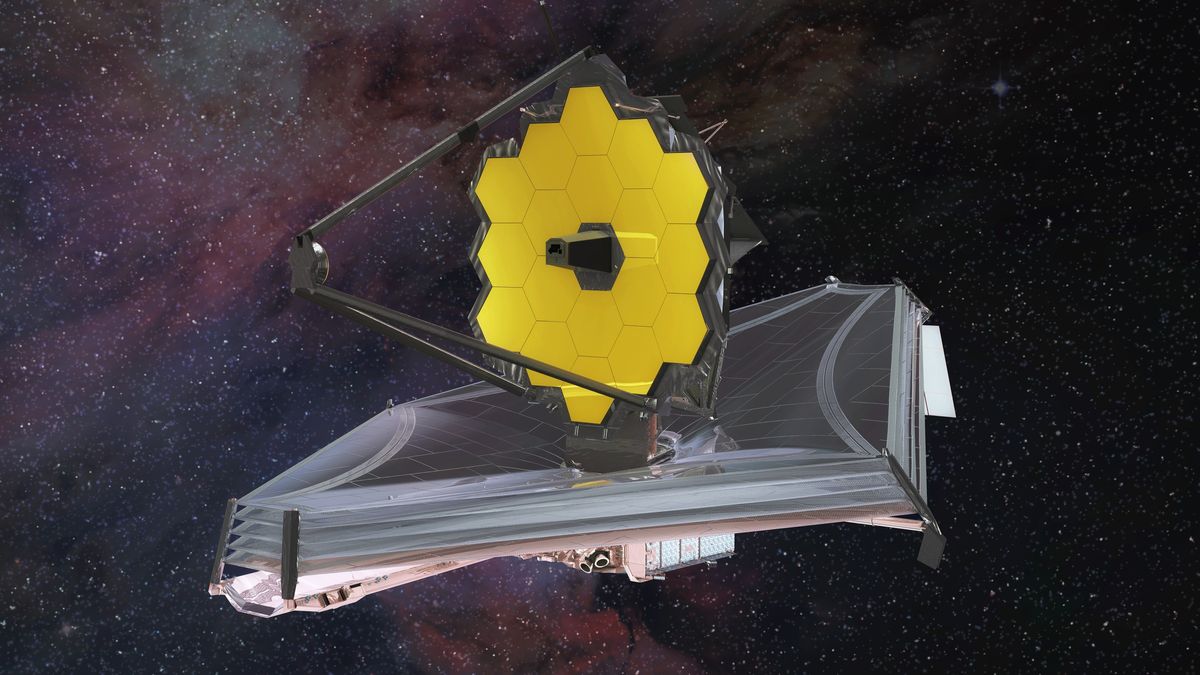The Impact of Space Weather on Satellite Trajectories
Satellites in low Earth orbit (LEO) can deviate significantly from their intended paths when space weather conditions are unfavorable. This phenomenon poses a significant risk to critical satellites such as those on the International Space Station, China’s Tiangong space station, and Earth-observing satellites that rely on precise positioning to fulfill their missions.
According to experts, the uncertainty in satellite positioning caused by space weather events increases the likelihood of potentially hazardous orbital collisions. These collisions not only exacerbate the growing issue of space debris but also pose a threat to the safety of the space environment around Earth.
The Impact of Altitude on Satellite Accuracy
Alex Saltman, the CEO of GeoOptics, a California-based satellite company specializing in meteorological measurements, highlighted the challenges posed by space weather on satellite positioning. Saltman emphasized that at altitudes of 500 kilometers, satellite positions can be determined with an accuracy of 2 centimeters. However, as satellites orbit at lower altitudes, this level of precision diminishes significantly.
The density of Earth’s upper atmosphere, which is influenced by space weather events, plays a crucial role in satellite positioning accuracy. The variations in atmospheric density caused by space weather phenomena are more pronounced at lower altitudes. Consequently, satellites orbiting at lower altitudes experience greater inaccuracies in their trajectories.
When faced with intense solar wind disturbances, satellites at altitudes of around 250 miles or lower can deviate by hundreds of miles from their predicted paths. This poses a particularly serious risk to satellites operating within this proximity to Earth, including the International Space Station and China’s Tiangong space station.
Challenges in Satellite Collision Avoidance
As satellites maneuver through regions of heightened uncertainty due to space weather disturbances, the risk of collisions with operational spacecraft escalates. Even with trajectory predictions based on ground-based measurements, sudden solar wind bursts can disrupt these calculations, complicating collision avoidance efforts.
Dan Oltrogge, the chief scientist at COMSPOC, highlighted the complexity of decision-making in collision avoidance scenarios. Satellite operators are often forced to make rapid assessments of the proximity of their spacecraft to other objects amidst unpredictable space weather events.
Space weather forecasters face challenges in predicting solar wind disturbances such as coronal mass ejections, which can significantly impact satellite trajectories. The limited lead time for responding to these events complicates collision avoidance maneuvers and necessitates enhanced coordination between spacecraft operators and weather forecasting agencies.
Implications for Satellite Longevity
The unpredictability of space weather, as evidenced by solar cycles and variations in sunspot activity, poses additional challenges for satellite longevity. Satellites operating in more active solar cycles experience increased drag, leading to faster fuel depletion and accelerated deorbiting.
According to Alex Saltman of GeoOptics, variability in solar activity can significantly affect the operational lifespan of satellites. While satellites are typically designed for a five-year lifespan, the impact of space weather events can extend or shorten this timeframe significantly.
As the 25th solar cycle approaches its maximum, scientists anticipate heightened space weather activity in the coming years. With an exponential increase in the number of satellites in orbit, the convergence of space traffic and adverse space weather conditions presents a complex operational environment for satellite operators.
In conclusion, the interplay between space weather and satellite trajectories underscores the need for robust forecasting mechanisms, proactive collision avoidance strategies, and enhanced satellite resilience to withstand the challenges posed by the dynamic space environment.
Image/Photo credit: source url





